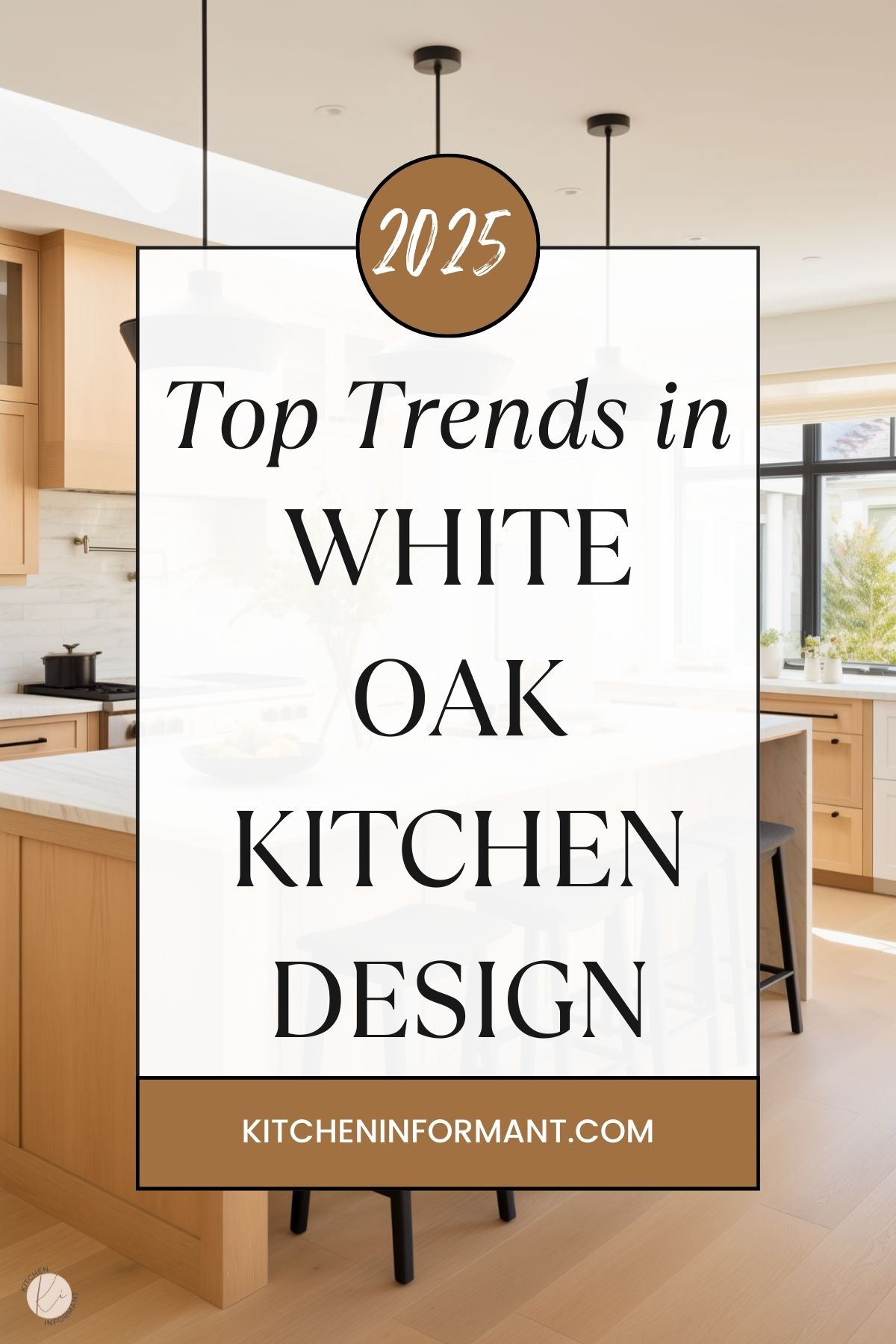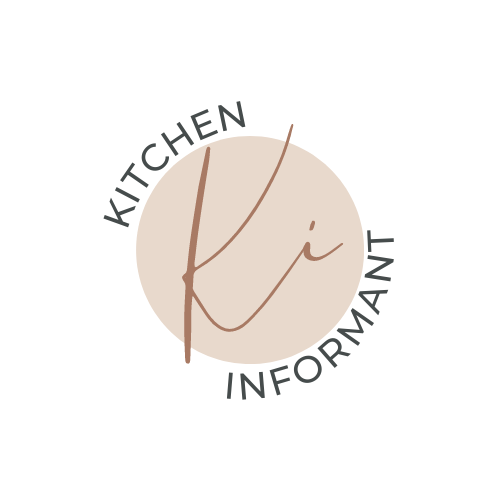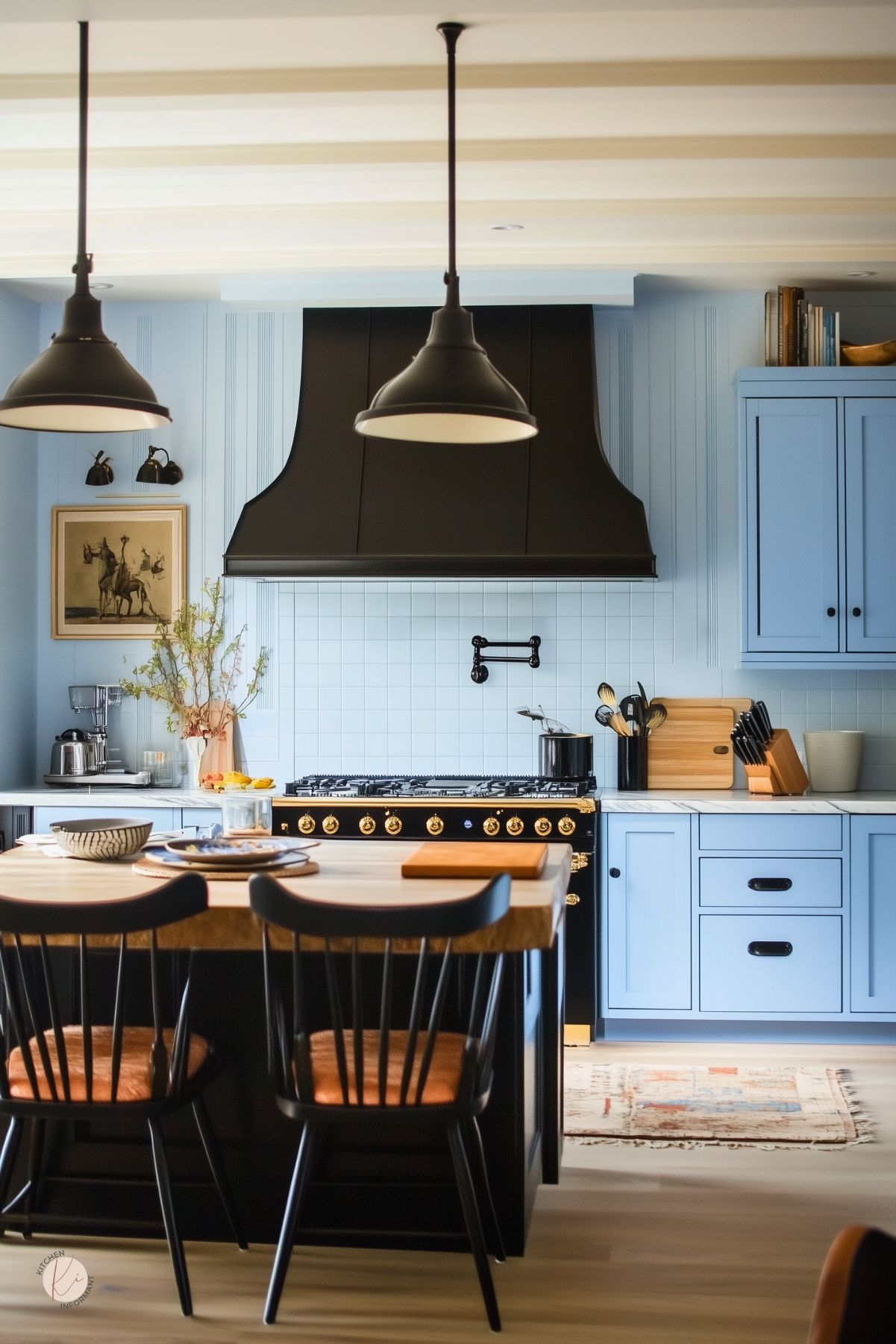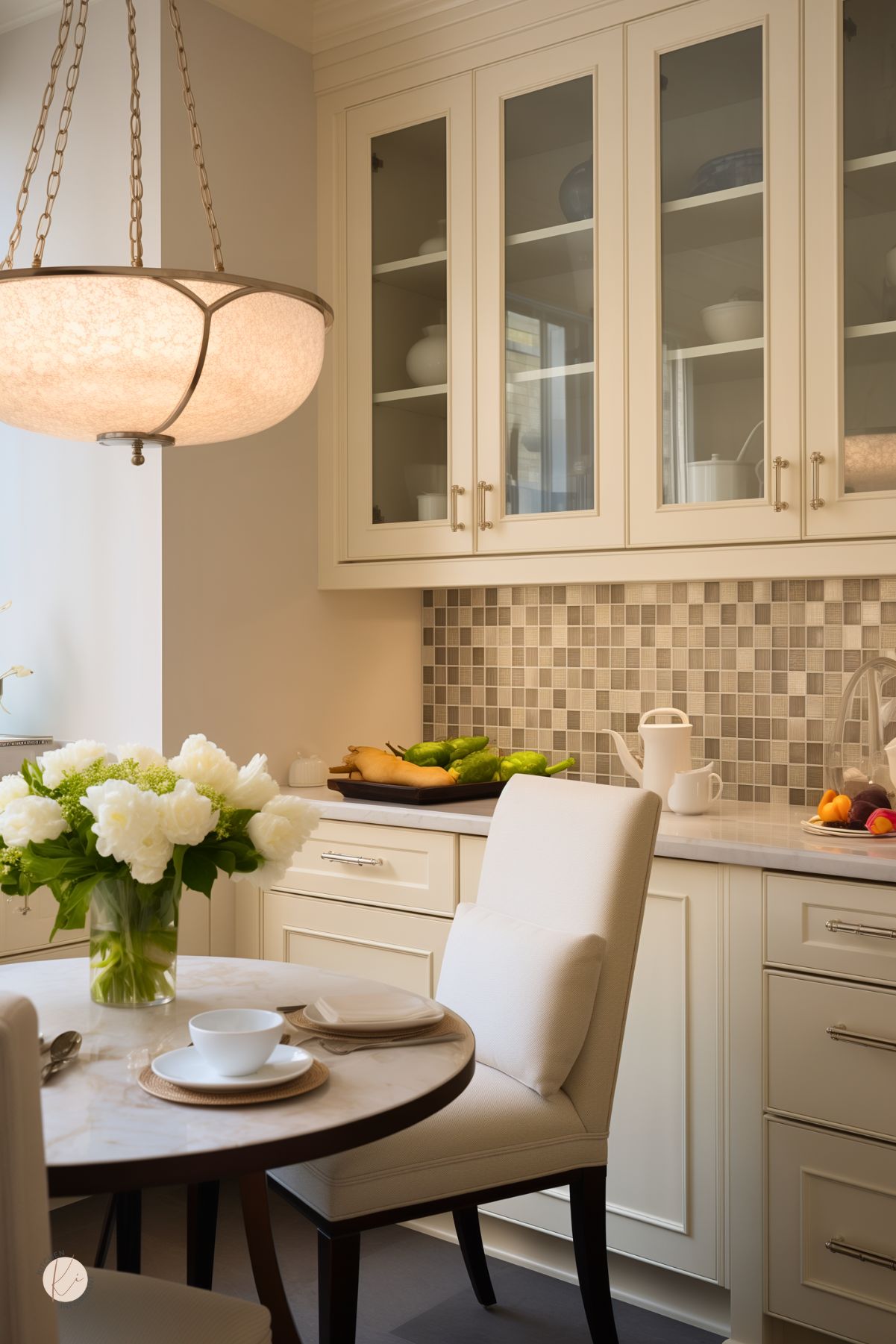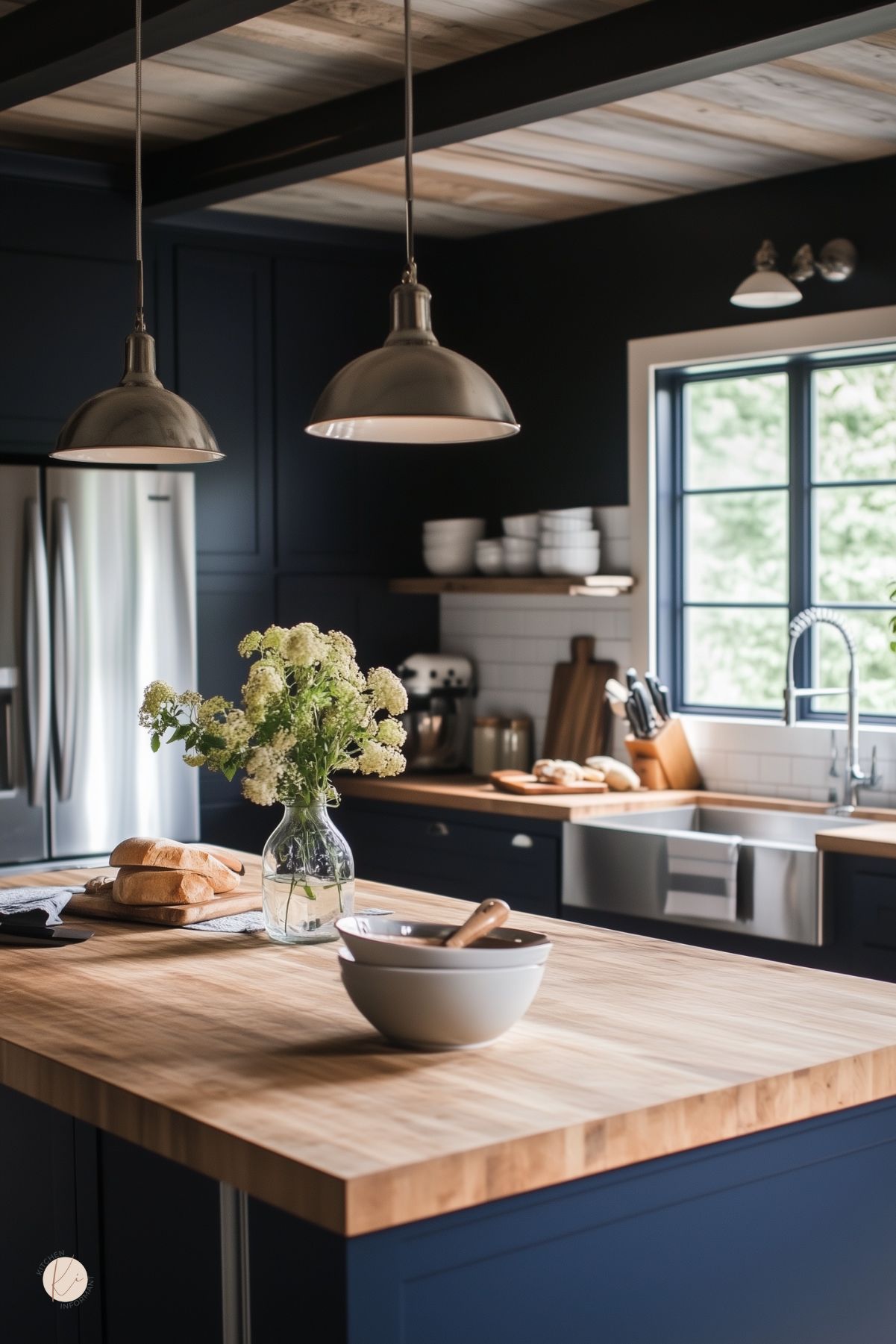White oak is gaining traction in 2025 kitchen design, celebrated for its warmth and natural charm that make spaces feel inviting and comfortable.
Its rich grain enhances both style and flexibility, effortlessly complementing design trends ranging from sleek modern layouts to rustic aesthetics.
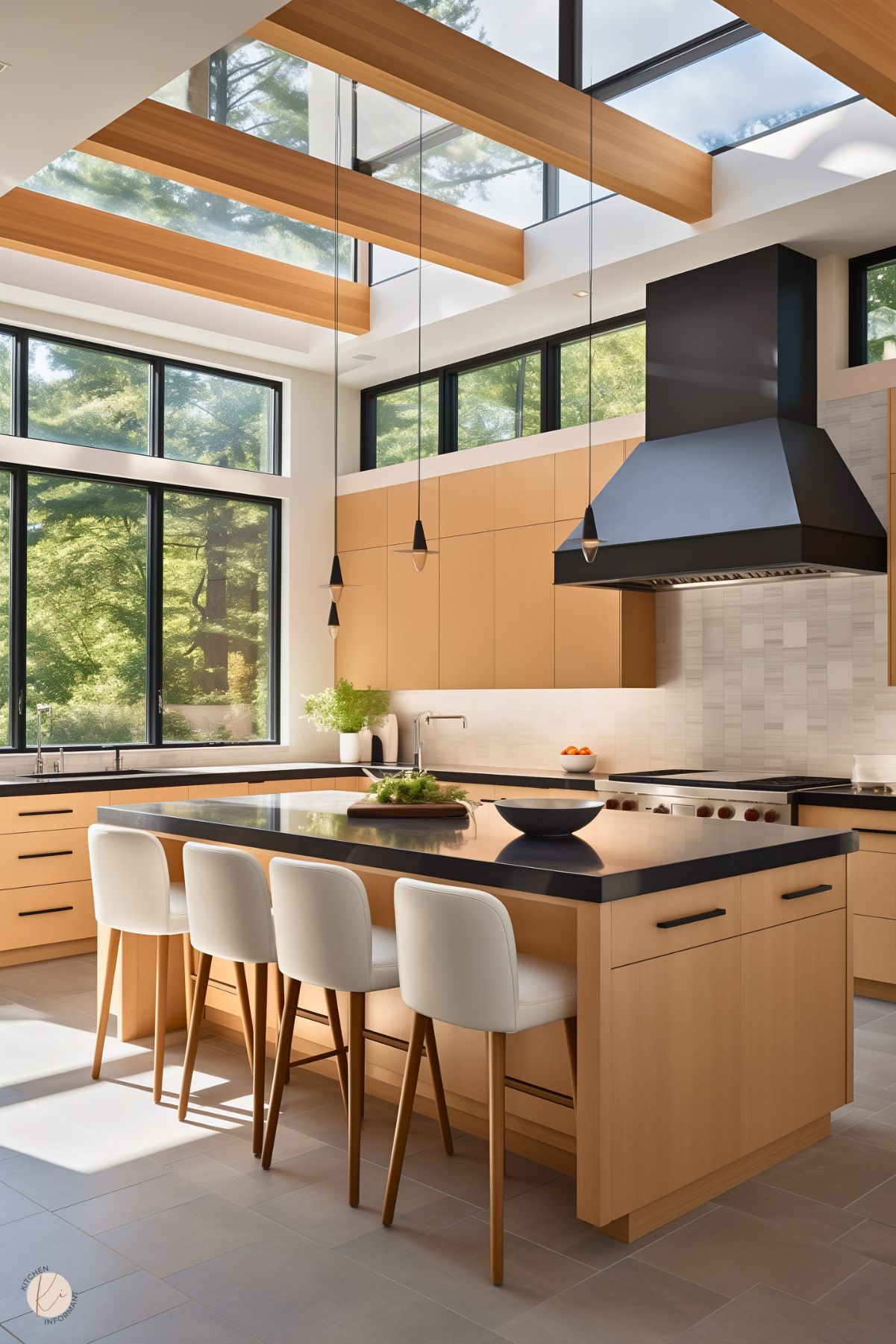
As more people move away from stark white kitchens, there’s a growing embrace of natural materials that add depth and personality to spaces.
White oak is a standout choice, valued for its strength and its seamless compatibility with other materials like stone and metal.
These pairings open the door for creative combinations that reflect individual style.
This post explores key trends in white oak kitchen design, covering color schemes, cabinetry options, and practical ways to incorporate this timeless wood.
By following these ideas, you can create a kitchen that feels both inviting and effortlessly stylish.
Essentials of White Oak Kitchen Design
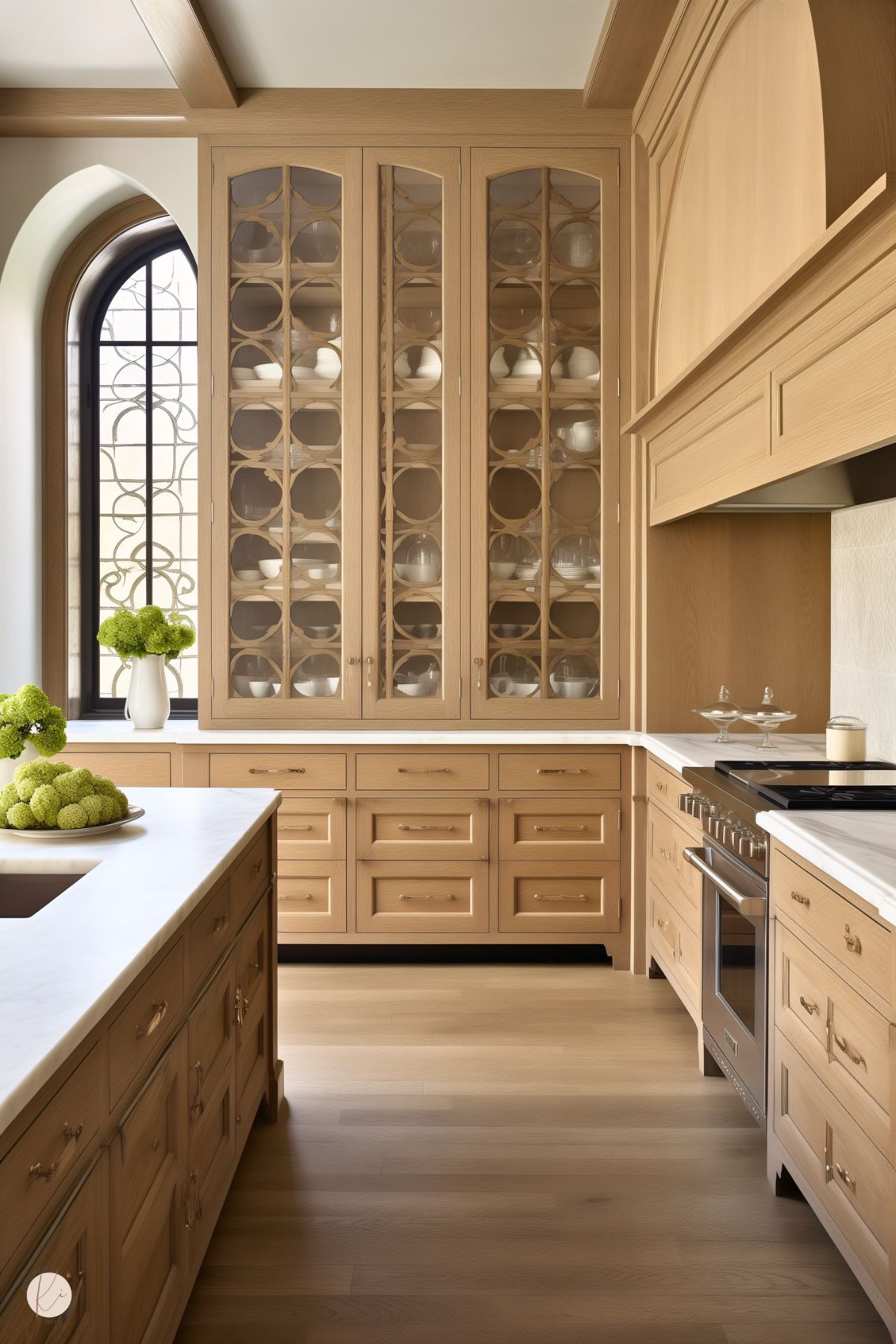
White oak kitchen design centers on two main principles: embracing natural beauty and ensuring lasting durability.
These features not only enhance the aesthetic appeal of the kitchen but also offer practical benefits for everyday use.
Embracing the Natural Aesthetic
White oak showcases a light, warm tone that adds a welcoming feel to any kitchen. Its grain pattern can vary, allowing for unique designs that stand out. Many choose white oak cabinets and countertops to create a harmonious look that is both modern and timeless.
Couples can enhance the natural appeal by pairing white oak with complementary materials. For instance, adding metal accents or glass shelving can create a stunning contrast.
Popular styling choices include blending light wood with darker hues to create depth. These styles bring out the elegance of white oak while keeping the space inviting and functional.
Durability Meets Style
One of the standout qualities of white oak is its durability. It is known for being resistant to wear, making it a perfect choice for high-traffic kitchens.
This hardwood stands up well to daily use, ensuring cabinets and surfaces maintain their beauty over the years.
In addition, white oak has a natural resistance to moisture and temperature changes. This characteristic makes it suitable for kitchens where cooking often occurs.
Homeowners appreciate the blend of style and practicality, knowing that their investment will last. Selecting quality finishes can further enhance its longevity, making maintenance easier.
Color Schemes and Palettes
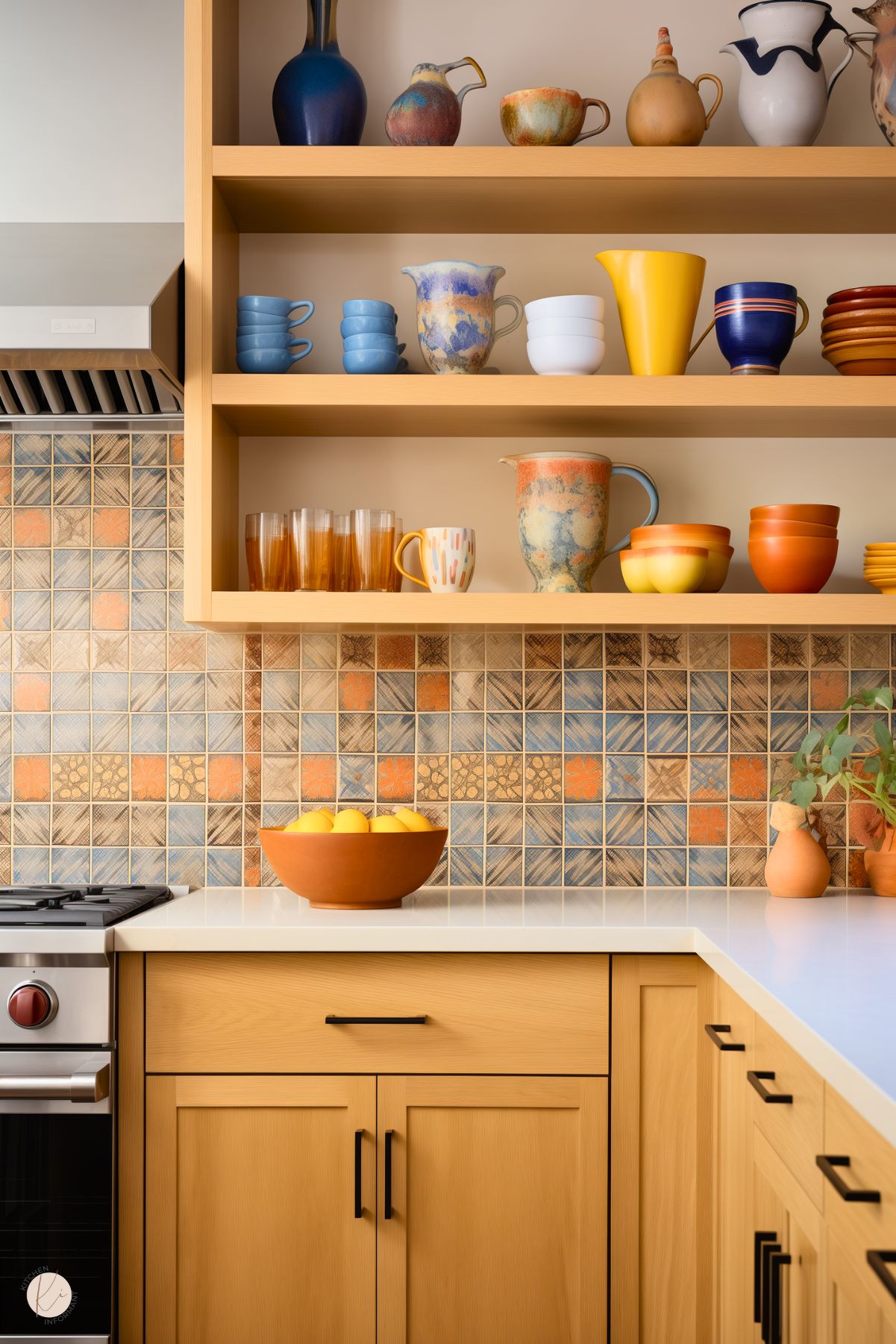
In kitchen design, choosing the right colors is essential, especially when working with white oak. The natural warmth of white oak pairs well with various color schemes, creating a balanced and inviting space.
Understanding harmonizing neutrals and accent colors helps in making informed choices.
Harmonizing with Neutrals
Neutral colors are perfect for creating a calm and inviting backdrop in a kitchen.
Shades like soft grays, beiges, and whites work well with the subtle tones of white oak. These colors enhance the wood’s natural beauty without overwhelming the space.
Using neutrals allows for versatility in decor. A neutral palette can be easily updated with accessories.
For instance, adding a few colorful dish towels or decorative items can refresh a neutral kitchen while maintaining harmony with the white oak cabinetry.
It’s also important to consider textures when working with neutrals. Mixing matte and glossy finishes can add depth.
For instance, pairing a matte white wall with glossy white oak cabinets creates an interesting contrast that draws the eye.
Accent Colors That Complement White Oak
Adding accent colors to a white oak kitchen can create visual interest. Blues, greens, and soft pastels are excellent choices. These colors commit to a calming atmosphere while adding personality to the space.
Deep blues can provide a striking contrast to white oak. They effectively highlight the wood’s grain and warmth without clashing. Similarly, muted greens can evoke a natural feel, making the kitchen feel like an inviting retreat.
For those who prefer a bolder approach, rich jewel tones, like emerald green or navy, can add sophistication.
Using these colors on an island or in decorative elements can bring a modern flair to a traditional space.
Incorporating accent colors through smaller items like dishes or artwork allows for flexibility. This way, homeowners can easily change the look of their kitchen without a major overhaul.
Lighting That Enhances White Oak
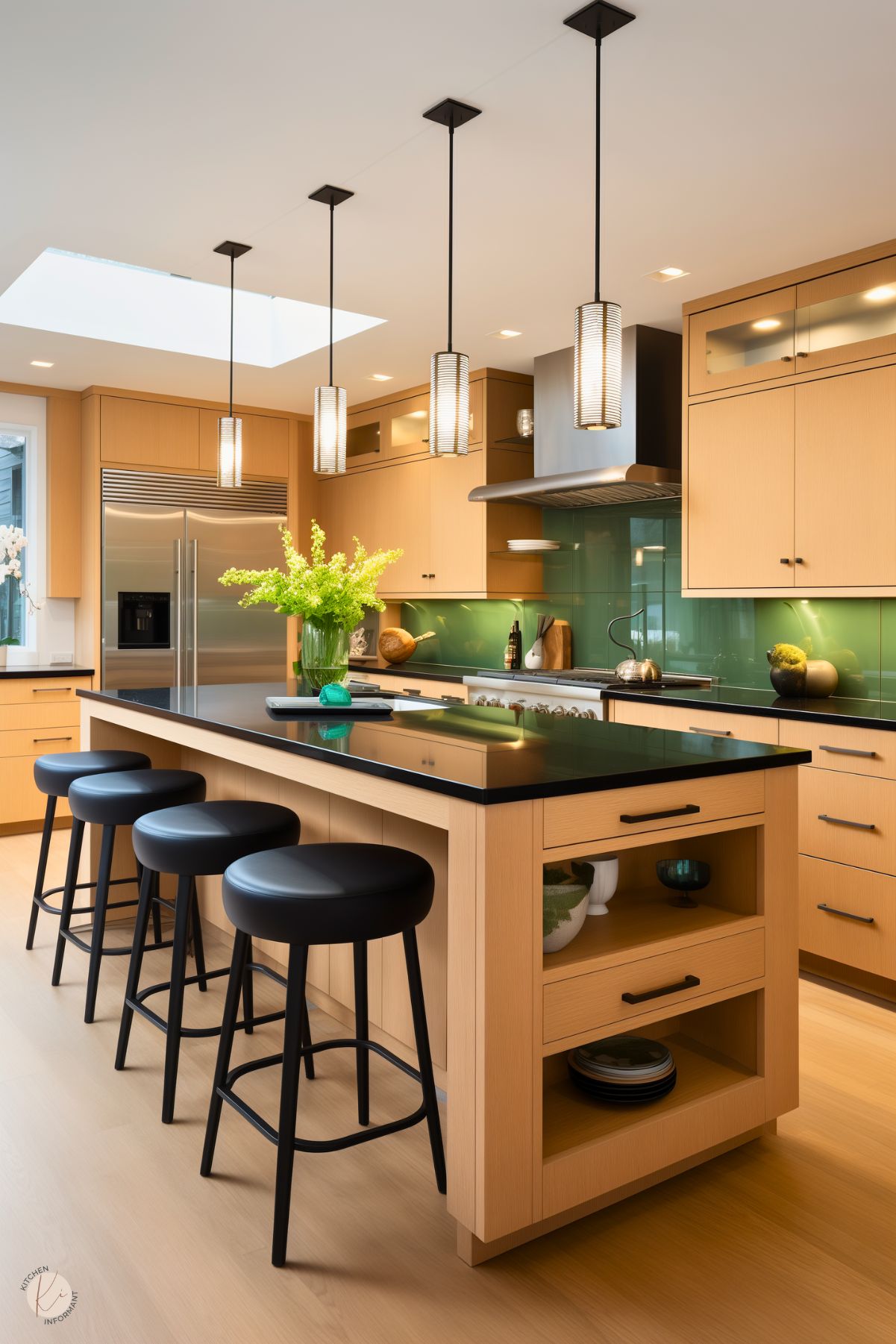
Effective lighting can bring out the beauty of white oak in a kitchen. By using layered lighting concepts and maximizing natural light, homeowners can create a warm and inviting space.
Layered Lighting Concepts
Layered lighting includes three main types: ambient, task, and accent lighting.
Ambient lighting provides overall illumination. This can be achieved using ceiling fixtures or recessed lights. It sets a comfortable level of brightness for the room.
Task lighting is crucial for kitchen areas where food preparation happens. Under-cabinet lights work well here, illuminating countertops and making cooking easier. Pendant lights over an island or dining table also serve as great task lighting.
Accent lighting highlights the beauty of white oak. This can be through stylish light fixtures that draw attention to the wood’s grain.
Designers often choose fixtures with warm tones to complement the natural hues of white oak, adding a cozy feel.
Natural Light Maximization
Natural light can enhance the appearance of white oak cabinets. Large windows and glass doors allow sunlight to pour in.
This gives the kitchen a bright and airy atmosphere. The warm tones of white oak respond beautifully to sunlight, creating a lively and welcoming environment.
To further increase natural light, homeowners can choose lighter colors for walls and countertops. This way, the light bounces around the room, making it feel larger and more open.
Reflective materials, like gloss finishes, can also help amplify natural light in the kitchen.
Using strategically placed mirrors can add depth and brightness to the space. When combined with white oak cabinets, this design choice can make the kitchen feel fresh and contemporary.
Material Combinations
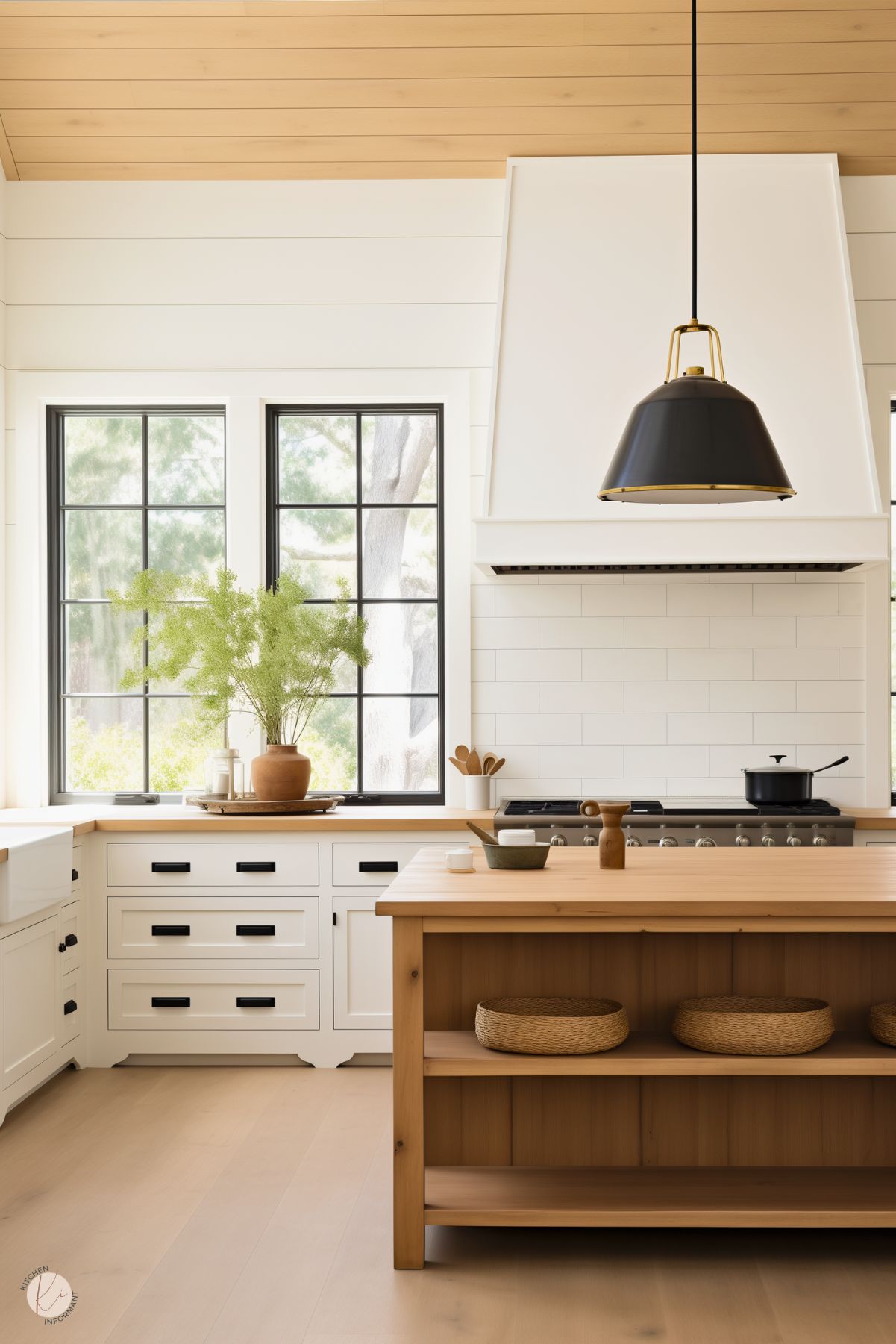
In 2025, white oak kitchens shine not just with the wood itself but by mixing it with other materials. This section will explore how combining metals and stone with white oak enhances the overall kitchen design.
Mixing Metals with White Oak
Combining white oak with different metals adds a dynamic touch to kitchen spaces.
Stainless steel or brushed nickel hardware creates a modern look when paired with white oak cabinets. For a warmer feel, consider using bronze or copper accents.
Choosing light fixtures, cabinet handles, and appliances in these metals can make the wood grain of white oak stand out beautifully.
These combinations create balance and contrast, which can elevate the kitchen’s aesthetic.
Complementing the oak’s natural tones with these metal finishes can enhance style and functionality. For example, a copper sink with white oak cabinets can introduce a rustic charm that feels inviting yet elegant.
Pairing Stone and White Oak
White oak pairs exceptionally well with various stone materials.
Granite or quartz countertops can create a stunning visual with oak cabinetry, offering both durability and style. Light-colored stones work particularly well to maintain an airy atmosphere.
In addition, stone backsplashes can provide a beautiful contrast to the warmth of white oak. A patterned brick or a smooth slab can enhance the kitchen’s sophistication.
Mixing textures between wood and stone invites depth into the design.
These combinations allow homeowners to play with contrasts while creating a cohesive look in their kitchens.
By carefully selecting stones that complement the wood’s tones, harmony can be achieved in this critical cooking space.
Layouts Tailored for Lifestyle
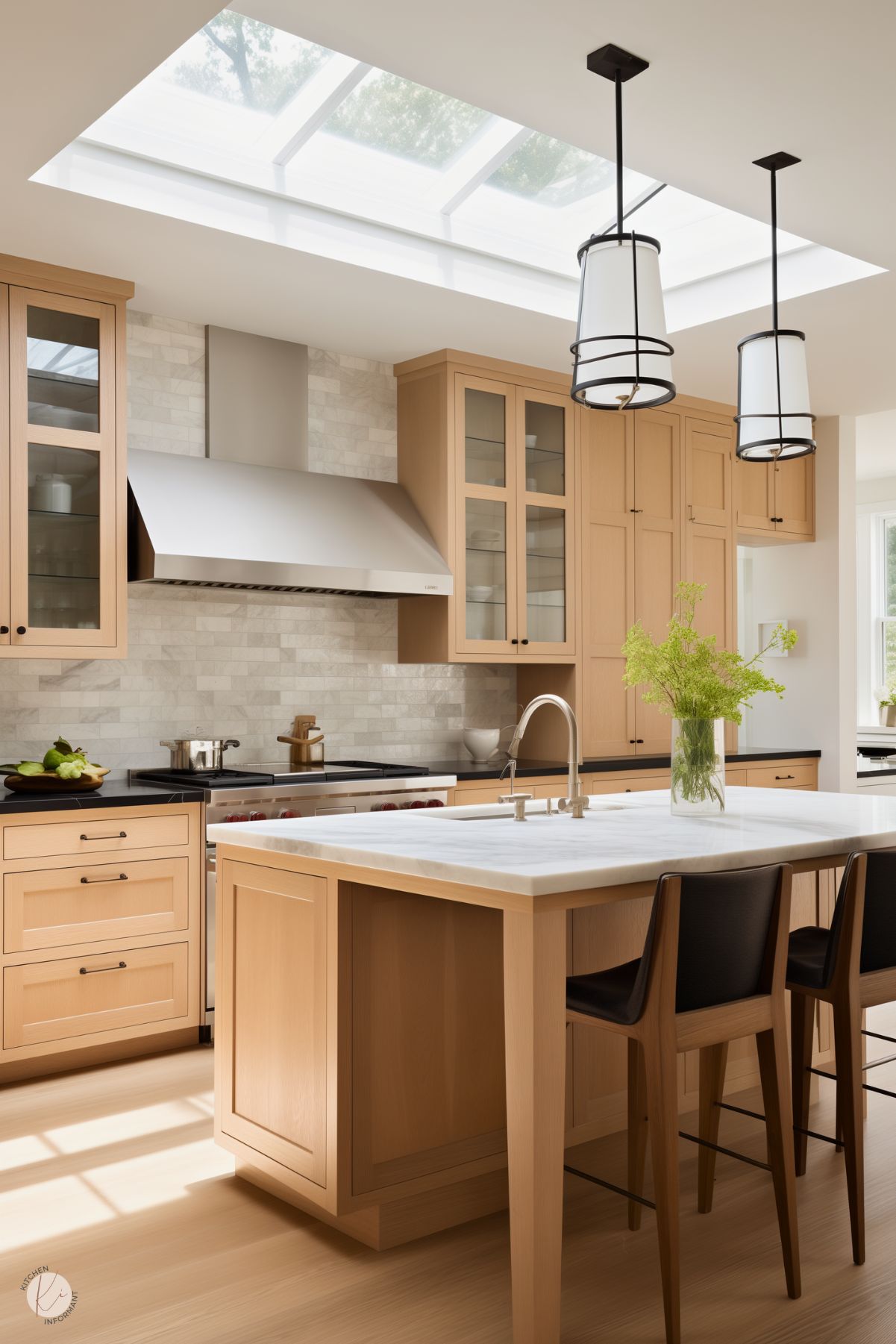
Kitchens are becoming more than just cooking spaces; they reflect how people live and entertain. The layout can significantly enhance functionality and comfort in daily routines.
Open-Concept Floor Plans
Open-concept floor plans are popular in white oak kitchen designs for 2025. This layout merges the kitchen with dining and living areas, creating a spacious and inviting atmosphere. It allows for easy interaction, making it perfect for social gatherings.
This design uses white oak cabinets to add warmth and texture. Pairing these cabinets with light-colored countertops can brighten the space.
Many homeowners choose a central island, serving as both a prep area and a casual dining spot.
Moreover, incorporating large windows can flood the area with natural light. This connection to the outdoors enhances the overall aesthetic and functionality of the kitchen.
Zones for Cooking and Entertaining
Creating distinct zones in the kitchen is another emerging trend. This layout focuses on separating spaces for cooking and entertaining while maintaining flow.
A designated cooking zone features high-quality appliances and ample counter space. Using white oak cabinets here not only adds beauty but also provides durability.
The entertaining zone can include stylish seating and tables, making it a cozy gathering spot.
This separation allows for an organized environment where people can interact without disrupting cooking tasks.
Smart Decor choices, like pendant lighting over the island, can define these zones visually. This approach ensures that the kitchen remains functional yet welcoming for family and friends.
Textural Elements in Decor
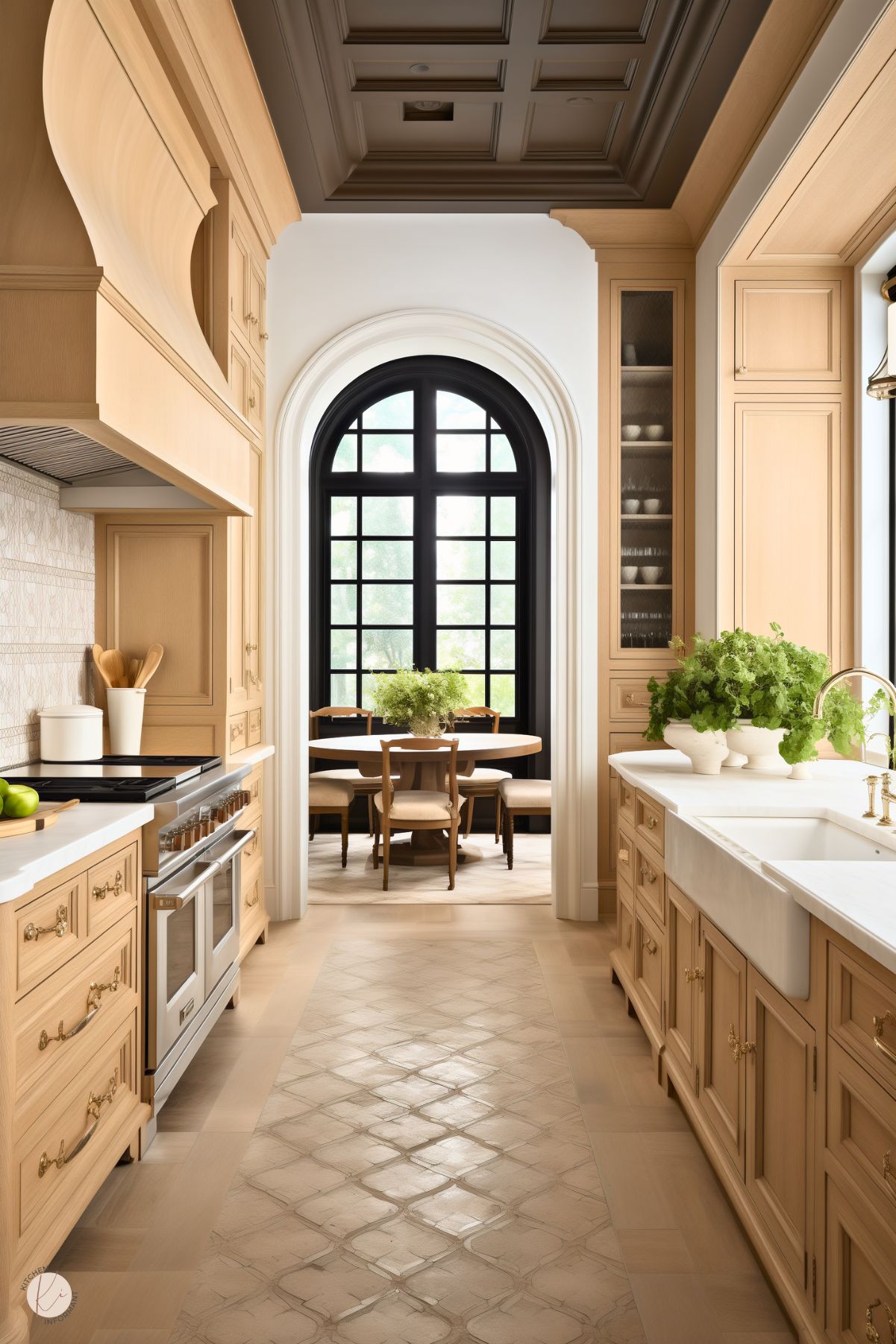
Incorporating textural elements into white oak kitchen designs adds depth and interest. Balancing contrasting surfaces and carefully chosen fabrics enhances the overall aesthetic.
Here are two key areas to focus on for a well-rounded look.
Contrasting Textures with White Oak
White oak serves as a versatile base for creating stunning contrast. Pairing smooth, sleek surfaces with the natural grain of the wood can create a dynamic feel.
For instance, pairing white oak cabinets with polished granite or quartz countertops brings out the beauty of both materials.
Additionally, incorporating matte finishes helps tone down glossy elements. Consider using stainless steel appliances next to white oak accents for a modern touch.
This mix creates visual appeal while maintaining cohesion. To finish off, accent pieces such as wrought iron or brass fixtures can enhance the rustic charm of white oak without overwhelming the space.
Accessorizing with Fabrics and Materials
The right fabrics can significantly elevate a white oak kitchen’s decor. Soft textiles like linen and cotton bring comfort and warmth.
For example, adding a soft linen table runner or upholstered bar stools helps create a cozy atmosphere.
Integrating materials like leather or jute can add unique textures. A jute rug beneath an island or leather cushions on stools enhances the organic feel of the wood.
Choose colors that complement the light hues of white oak, like soft earth tones or muted pastels.
Mixing these fabrics allows for personalization while respecting the kitchen’s style. Accessories such as patterned curtains or colorful dishware can also introduce pops of color without clashing with the wooden tones.
Flooring and White Oak Coordination
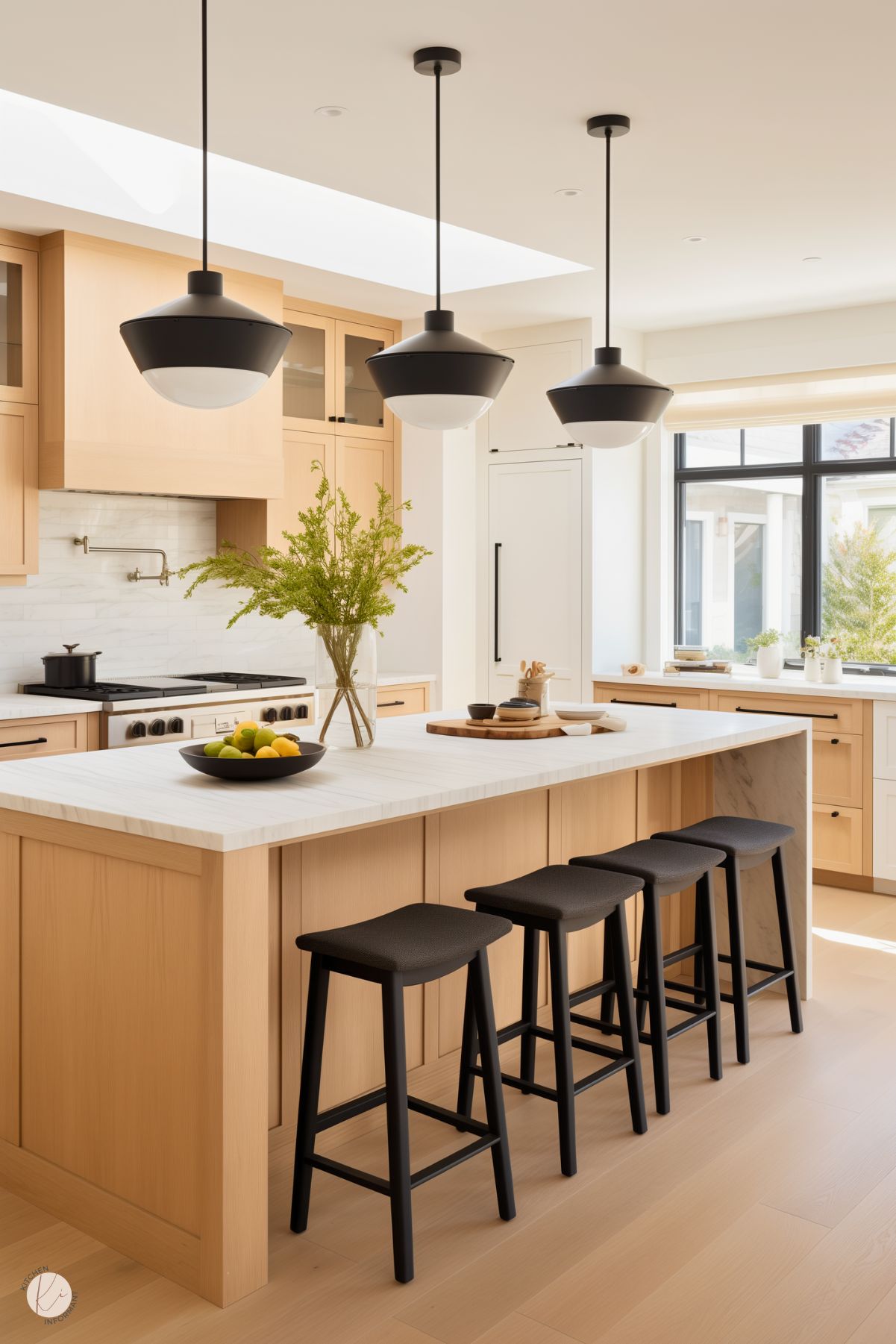
Choosing the right flooring to coordinate with white oak cabinets and surfaces can enhance the kitchen’s overall aesthetic.
Several flooring options work well, and smooth transitions to other areas can create a unified look.
Complementary Flooring Choices
For kitchens featuring white oak, select flooring that highlights its natural beauty. Popular choices include:
- Maple: Offers a light, warm tone that pairs nicely with white oak. Its subtle grain complements the oak’s texture.
- Gray Tile: A modern option that provides contrast while balancing the warmth of white oak. This choice is great for contemporary designs.
- Lighter Shades of Wood: A light birch or ash can create a seamless, cohesive look, ensuring the kitchen feels spacious and inviting.
When picking flooring, consider factors like durability and maintenance. White oak is valued for its resilience, so pairing it with equally durable flooring can enhance longevity and reduce wear.
Transitions to Other Rooms
Creating smooth transitions between the kitchen and adjacent spaces is essential for a harmonious home.
Here are a few tips to consider:
- Matching Flooring: Using the same flooring throughout the kitchen and adjoining rooms can create a seamless flow.
- Thresholds: If different materials are necessary, use consistent thresholds to bridge the gap. They should match or complement the colors of both the kitchen floor and the neighboring area.
- Area Rugs: In open-concept layouts, area rugs can define spaces while adding comfort. Choosing rugs that include colors found in the white oak can tie the different areas together.
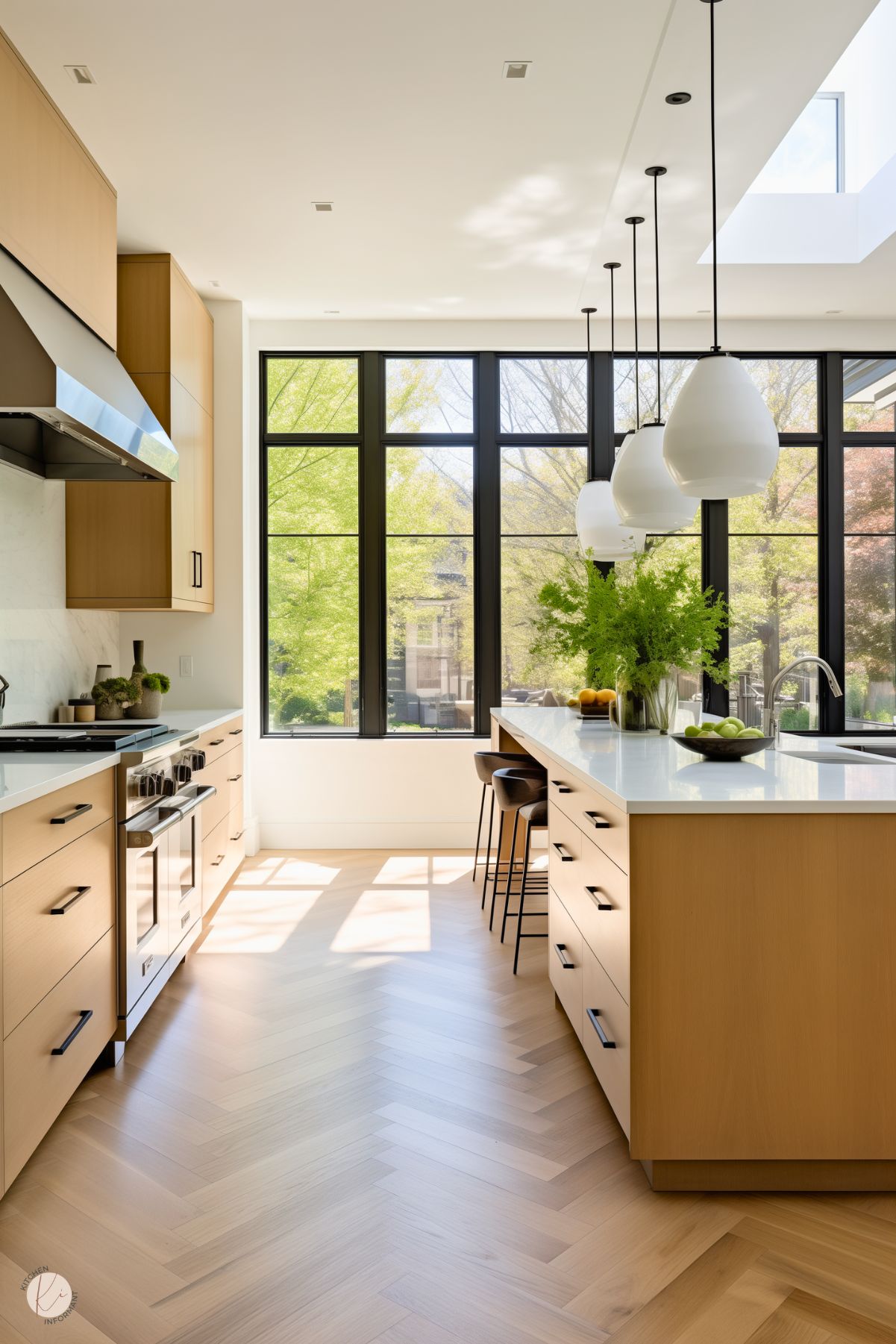

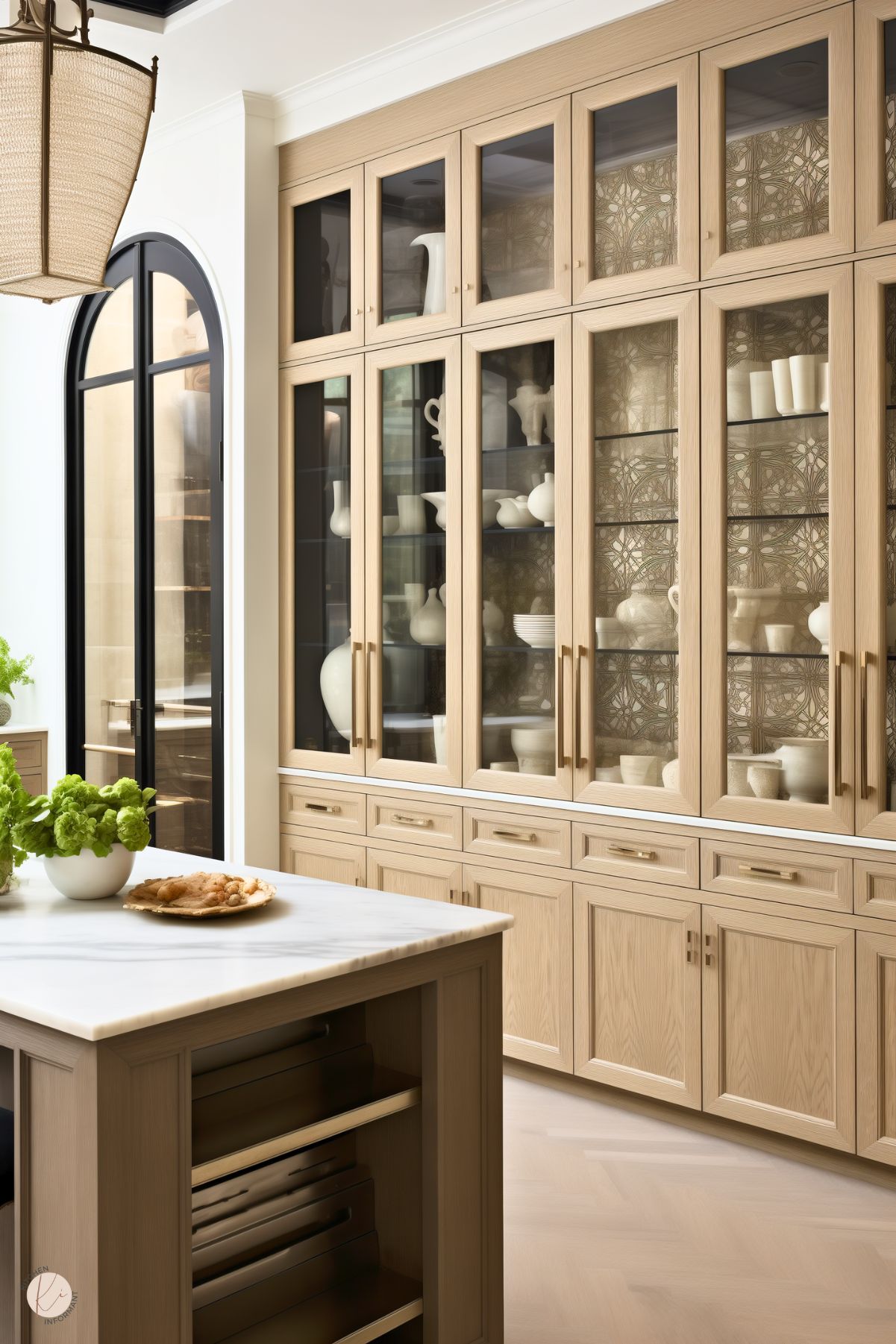
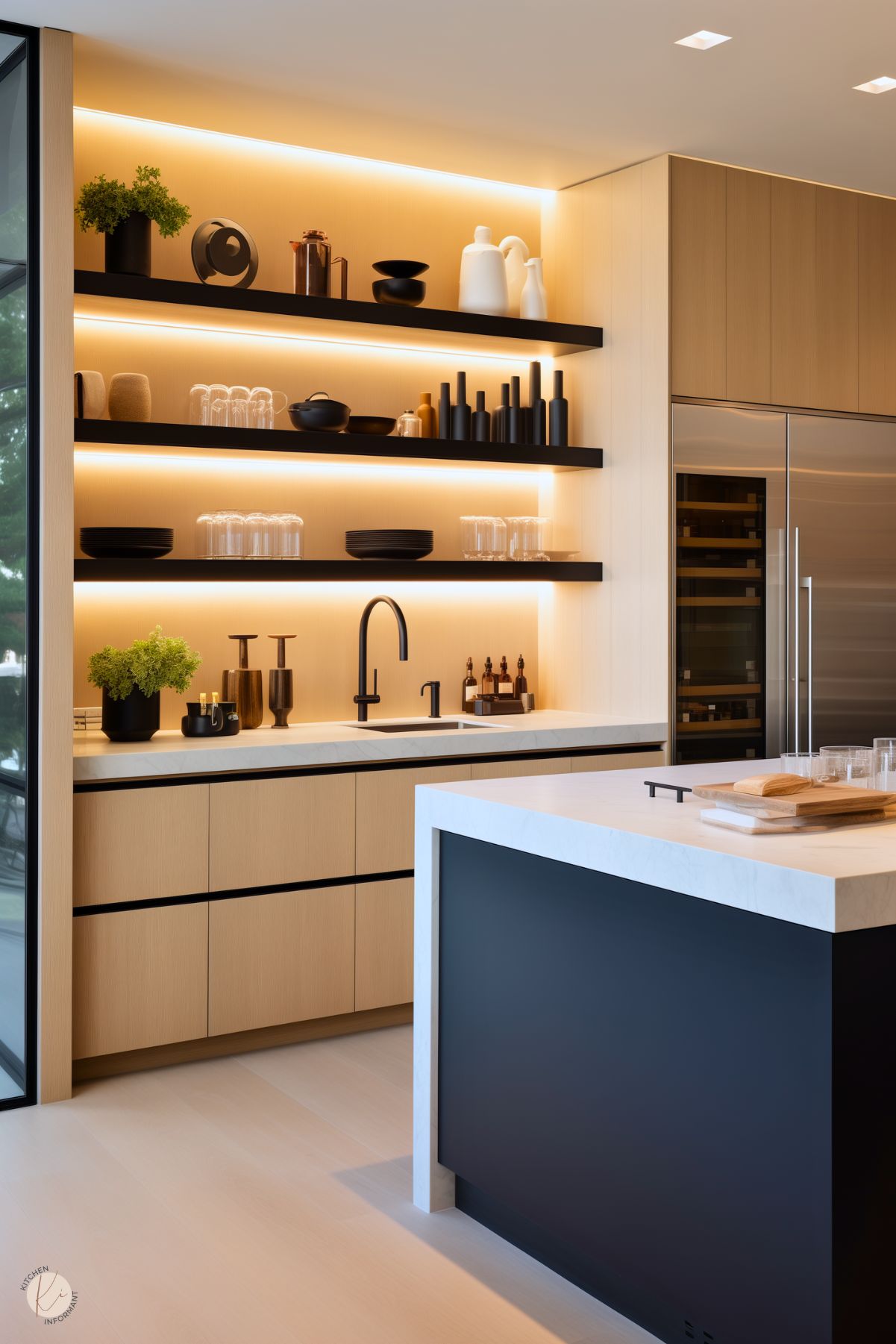
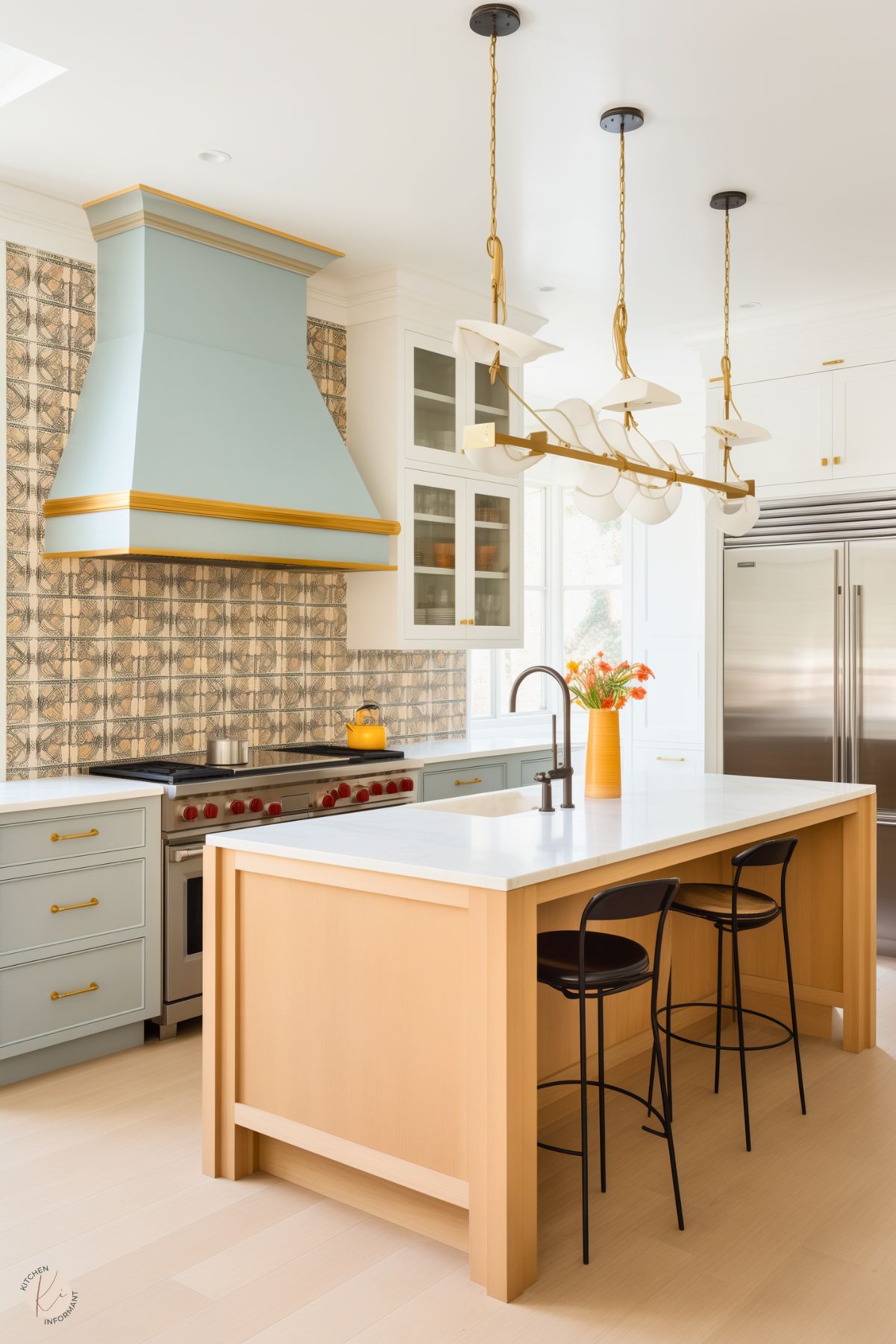
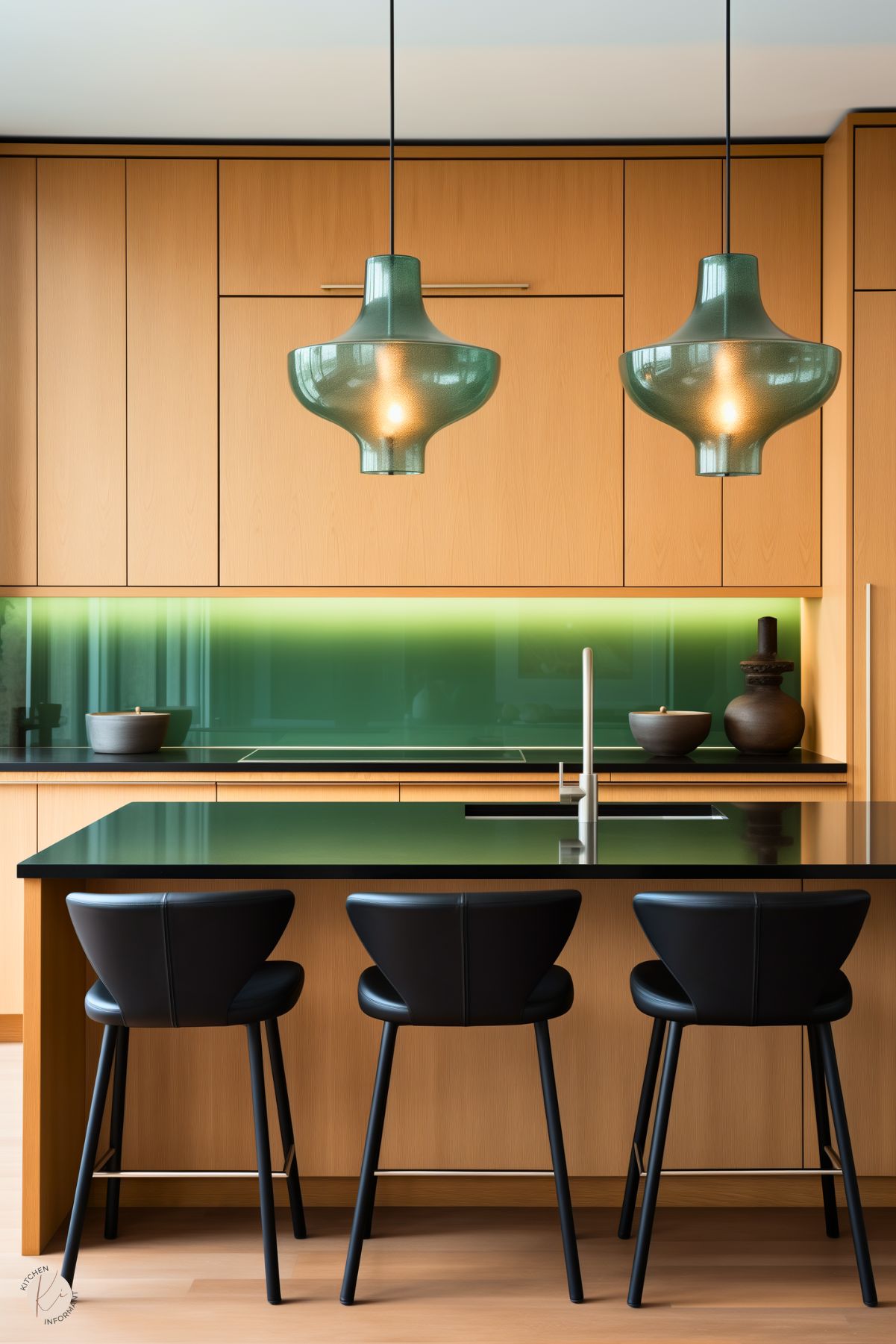
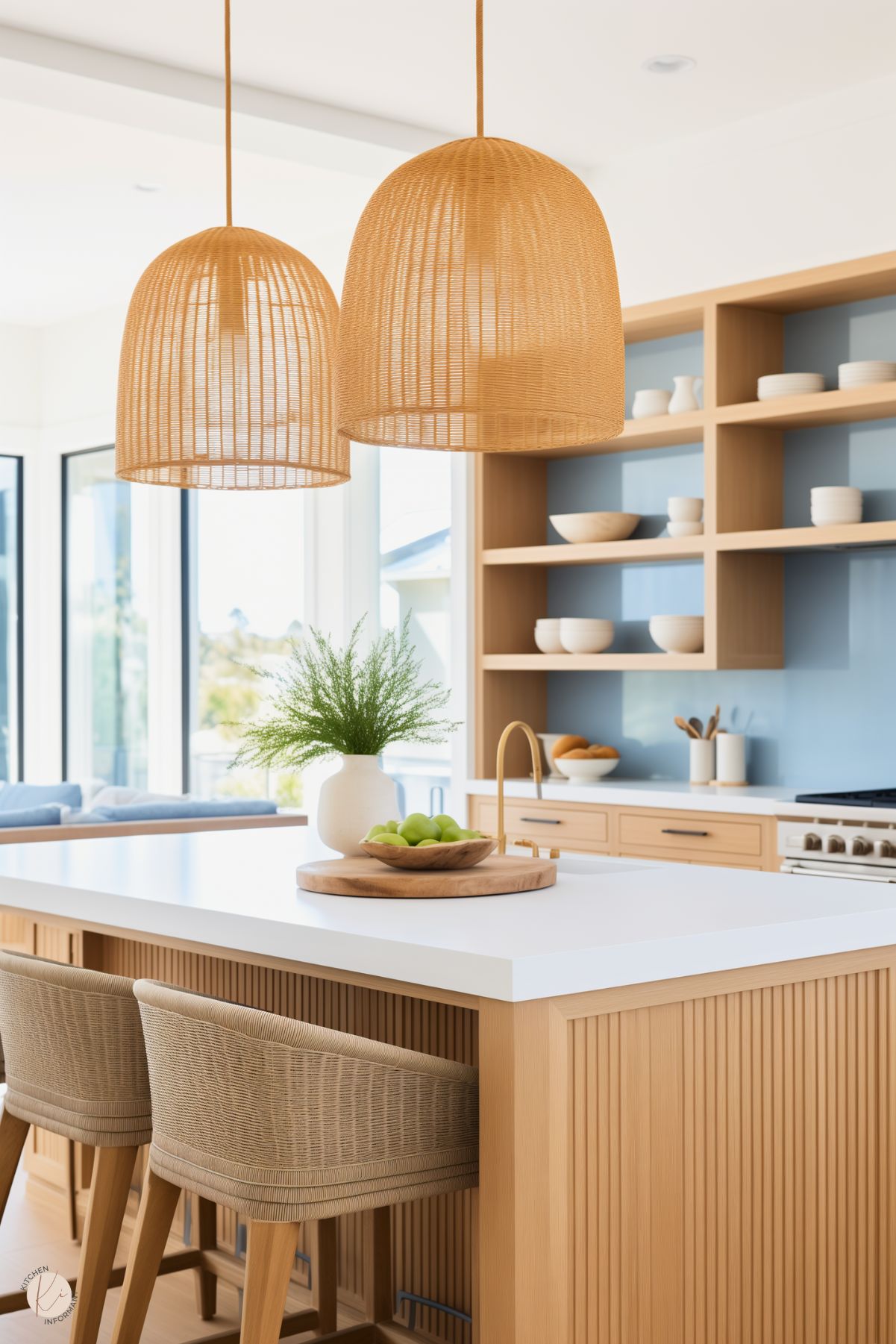
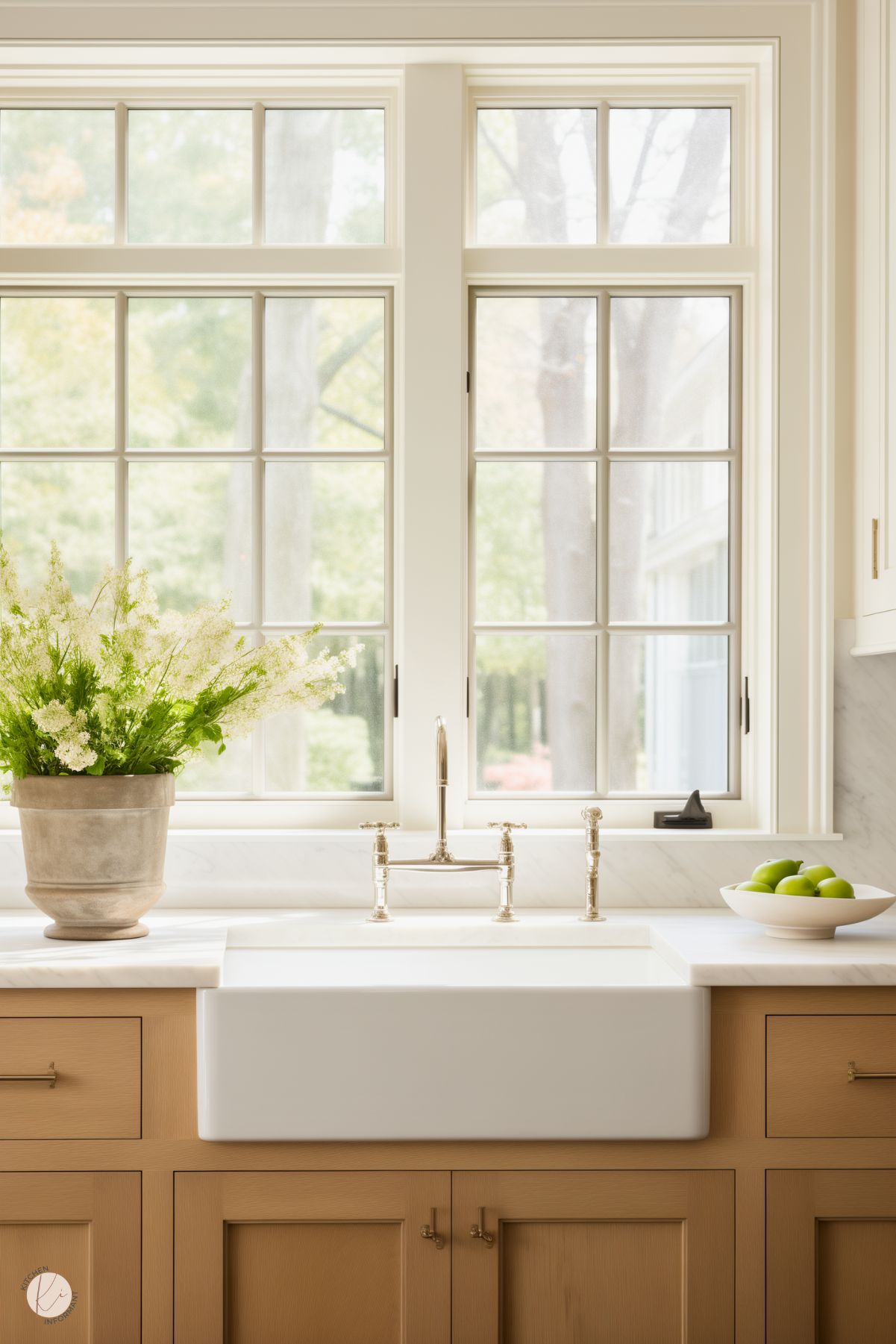
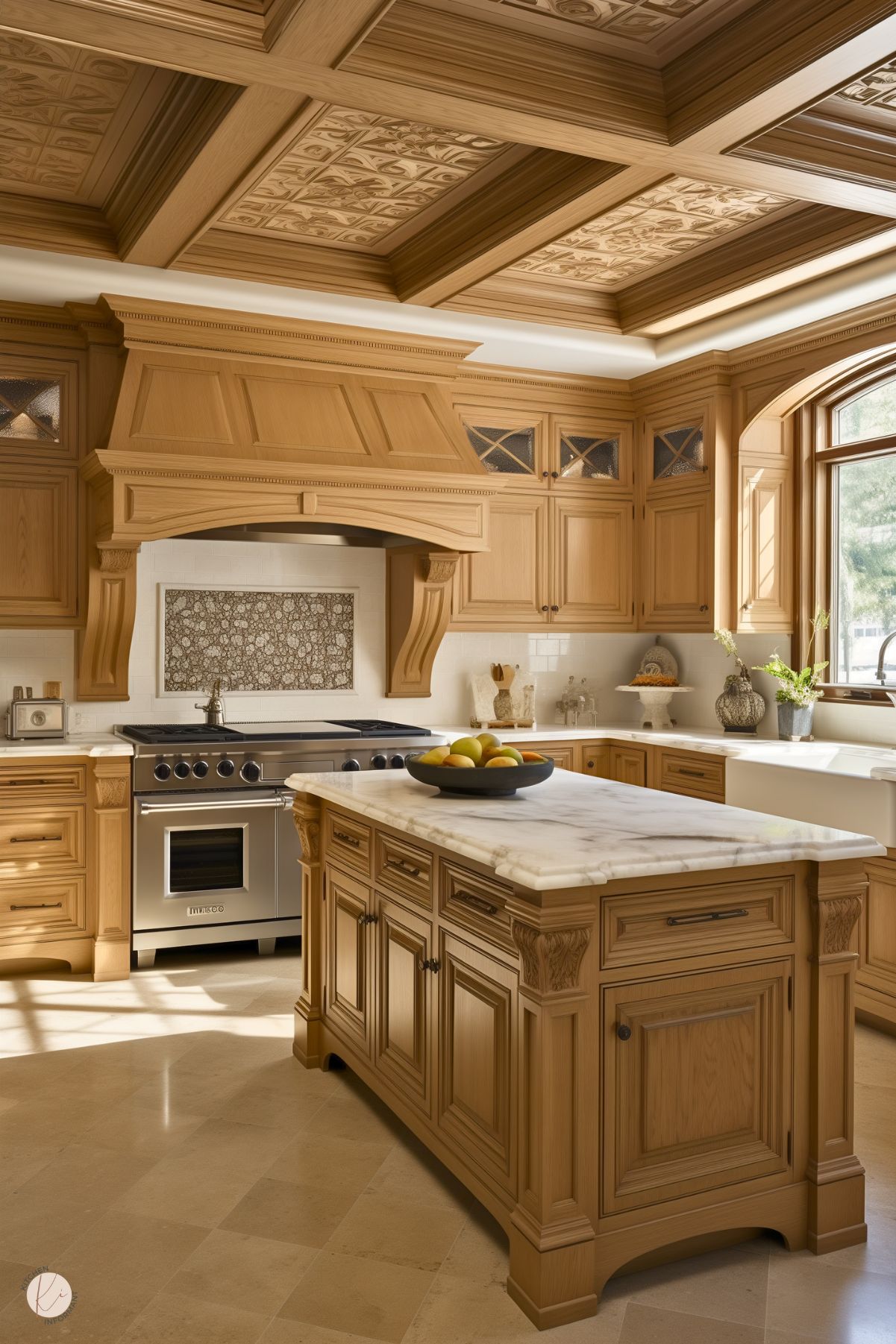
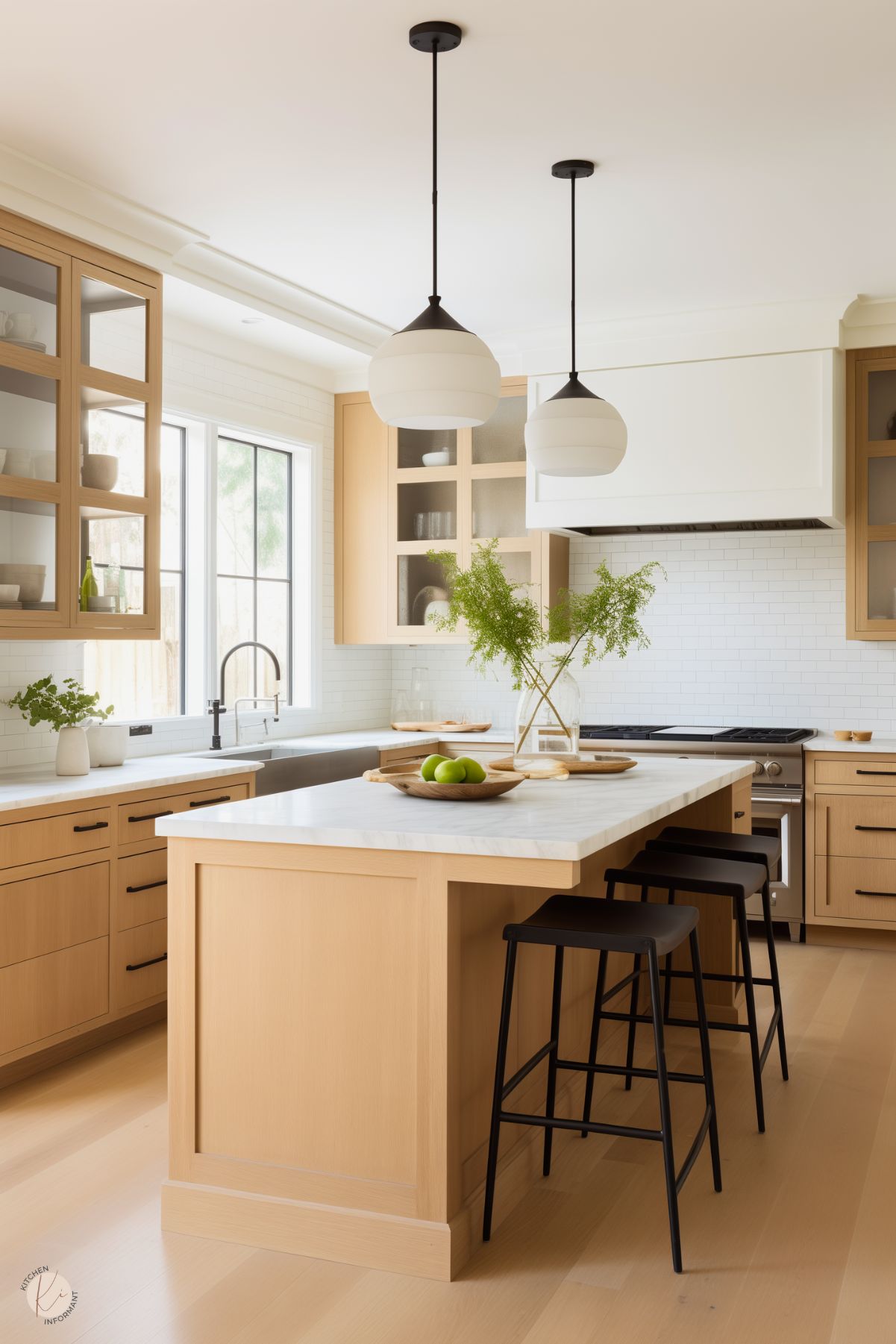
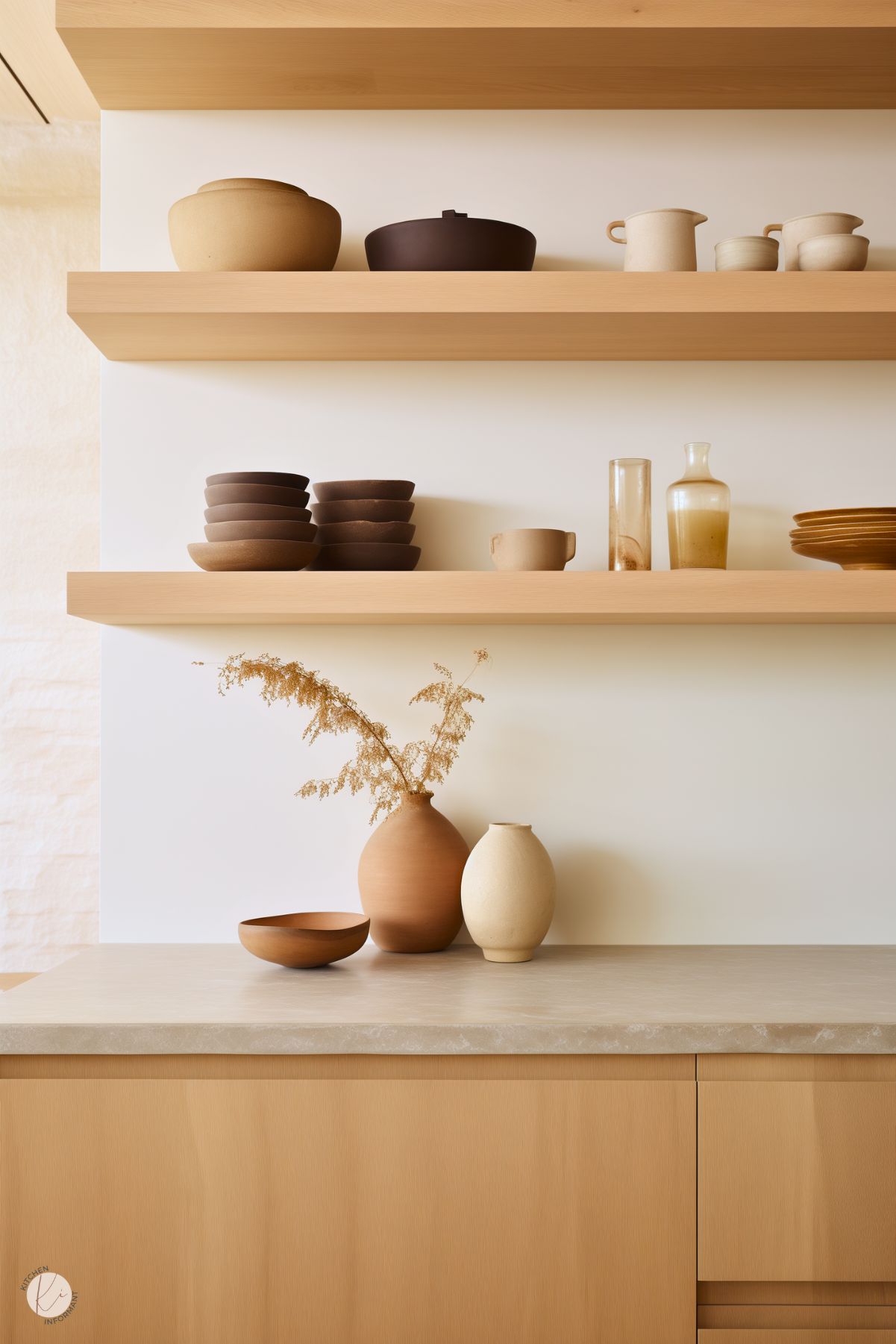
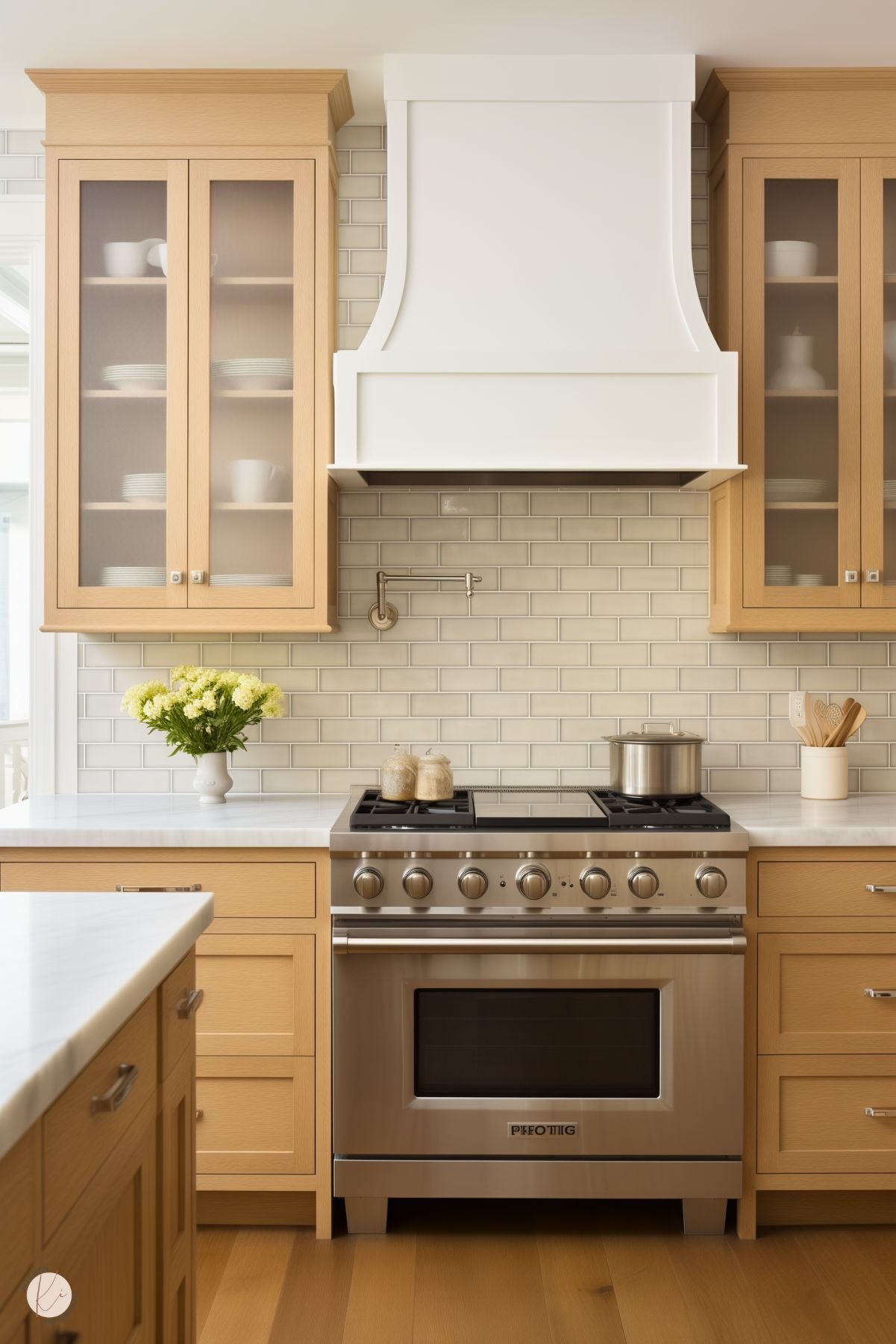
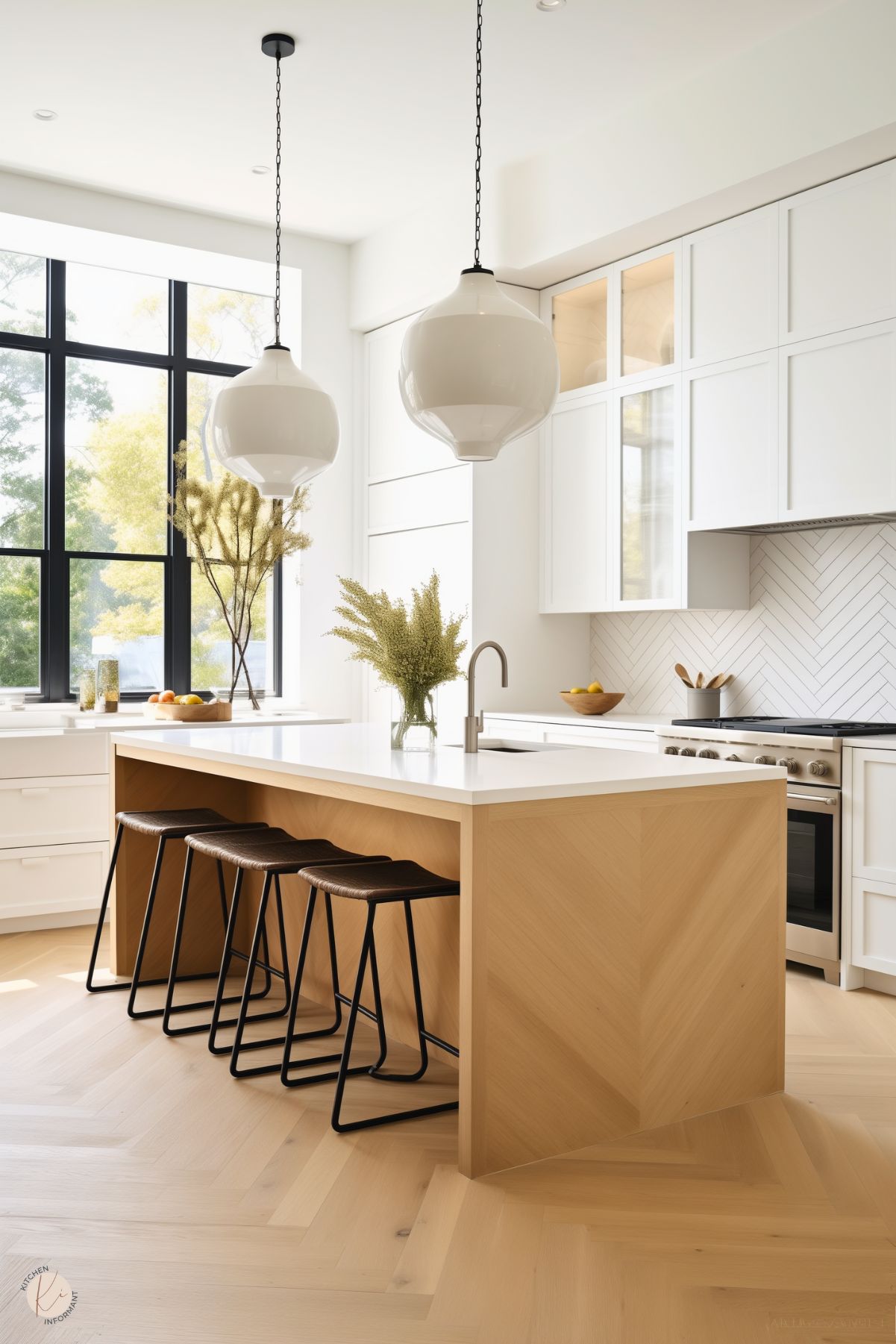
You May Also Like:
